Slate is used for roofing because it is a durable and long-lasting material made from mineral stone compressed over thousands of years into strong blocks with interlocking edges that hold together well under pressure. Additionally, slate is naturally anti-corrosive, fire-resistant, and has high curb appeal, making it a popular choice for roofing in many homes and buildings.
In terms of longevity, slate roofing can last up to 100 years or more with proper maintenance. Despite being heavy and expensive to install, its benefits often outweigh the drawbacks. These advantages include environmental benefits, waterproof properties, and resistance to heat and fire.
It is a popular roofing material in both hotter and cooler climates and has been used for centuries to cover the roofs of buildings.
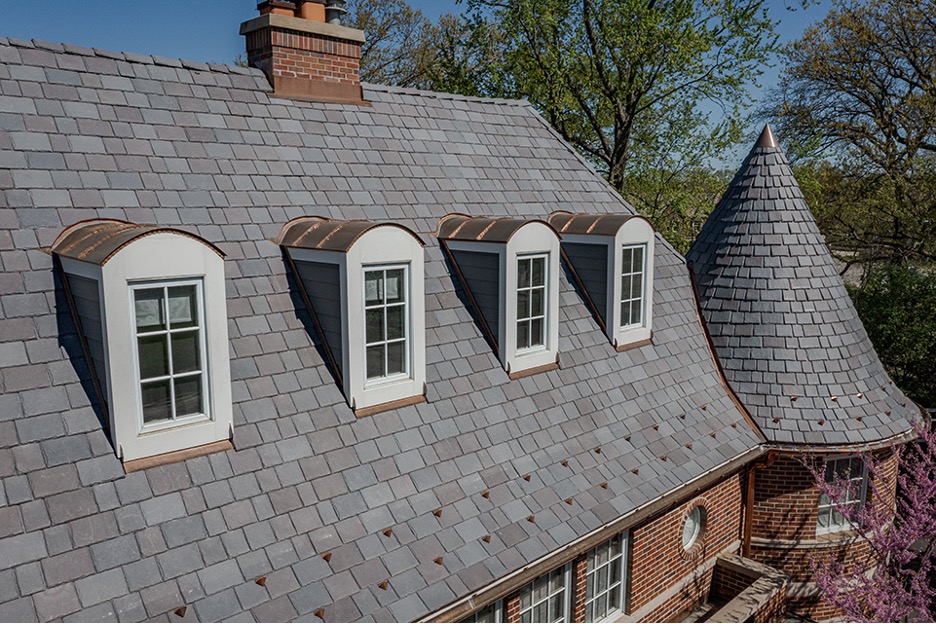
Credit: www.davinciroofscapes.com
Advantages Of Slate Roofing
Long Lifespan
Slate roofs are renowned for their exceptional lifespan, which can last up to 100 years or more with proper care and maintenance. This is a significant advantage over other roofing materials, such as asphalt shingles, which typically have a lifespan of around 20-30 years. This means that homeowners can save money in the long run because they won’t have to replace their roof as frequently.
High Curb Appeal
Slate roofs also offer high curb appeal because they are visually striking and have a unique look that sets them apart from other roofing materials. They come in a variety of colors, sizes, and textures that can complement any home’s architecture and style. Homebuyers are often willing to pay a premium price for a home with a slate roof because of its aesthetic appeal and durability.
Durability
Another advantage of slate roofing is its durability. Slates are made from natural stone, which is a durable and robust material that can withstand extreme weather conditions, such as heavy rain, hail, and high winds, without sustaining damage. It is also resistant to fire, which provides added security and peace of mind for homeowners.
Fire Resistance
Slate roofs are naturally fire-resistant, which means that they are less likely to catch fire if a nearby structure catches fire. This is because slate does not contain any flammable materials that could ignite and spread the fire. In addition, slate has a low heat absorption rate, which helps to prevent heat from entering the home, keeping it cooler during hot summer months.
Environmentally Friendly
Slate roofing is also environmentally friendly because it is a natural product that does not harm the environment during production or disposal. It is made from natural stone that is easily recyclable and does not emit harmful chemicals or pollutants into the environment. This means that homeowners can enjoy the benefits of a long-lasting and attractive roof while being environmentally conscious and reducing their carbon footprint.
Overall, the advantages of slate roofing make it an excellent choice for homeowners who are looking for a roofing material that is durable, long-lasting, and environmentally friendly while still offering high curb appeal. It is a wise investment that can increase the value of your home and protect it for many decades to come.
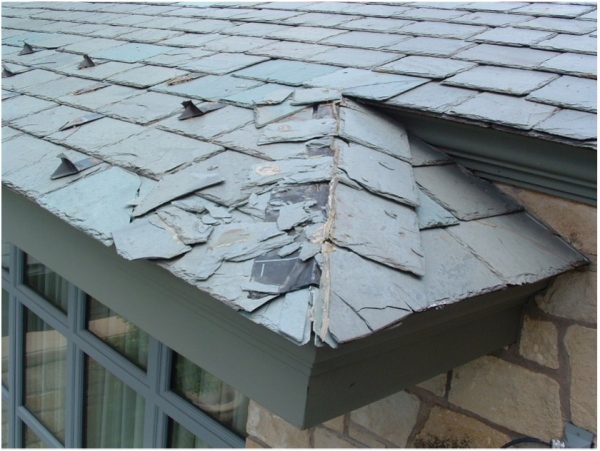
Credit: www.davinciroofscapes.com
Disadvantages Of Slate Roofing
Slate is favored for roofing because it boasts high curb appeal, is naturally anti-corrosive, and has the longest lifespan compared to other roofing materials. However, despite the many benefits of a slate roof, there are also some drawbacks to consider, including a high price point, heavy weight, and difficulty with installation and repair.
Expensive To Install
Slate roofing is one of the costliest roofing materials on the market. Its installation process is labor-intensive, which contributes to its high installation cost. Additionally, roofing contractors need to take special precautions when handling and installing this heavy yet brittle material, which further adds to the installation expenses.Expensive To Repair
Repairing a slate roof requires the use of specific tools and materials, making it an expensive affair. Since the slate tiles are brittle, they are prone to cracking and chipping due to external factors like weather conditions and falling debris. In such cases, the entire tile needs to be replaced, adding to the overall repair cost.Heavy
Slate tiles are considerably heavier than most roofing materials, which can put a lot of stress on your home’s roof structure. Not all homes can support the weight of slate tiles, which can lead to structural damage and costly repairs.Difficult To Install
The installation process of slate roofing requires special expertise and equipment, making it one of the most challenging roofing materials to install. Adding to the difficulty is the fact that slate tiles are heavy and brittle, and roofing contractors need to be extra careful not to break them during the installation process. While slate roofing has its advantages, like its durability and aesthetic appeal, it is essential to consider the disadvantages before investing in the roofing material. Slate roofing is a significant investment, and one needs to weigh its pros and cons before making a decision.Types, Cost, And Lifespan Of Slate Roofs
Slate is used for roofing due to its durability and high resistance to corrosion and fire. The mineral stone is compressed over time to form strong blocks with interlocking edges, providing a sturdy and long-lasting roofing option. Although slate roofs may be more expensive upfront, their lifespan and low maintenance costs make them a worthwhile investment in the long run.
What Are Slate Roofs?
Slate is a natural stone that is commonly used for roofing due to its durability and longevity. Each slate is unique and offers a distinct look for the building it is used on. Slate roofs are fire-resistant, weather-resistant, and eco-friendly, which makes them an excellent choice. Unlike other roofing materials, slate roofs require minimal maintenance and can last up to 100 years with proper installation and care.
Types Of Slate Roofs
Slate roofs come in various types, including standard, graduated, and textural. Standard slate is uniform in thickness and width, which makes it easy to install. Graduated slate is thicker at the base and thinner at the top, which gives the roof a tapered effect. Textural slate has a rough texture and adds character to the roof. Regardless of the type, slate roofs offer an elegant and classic appearance that enhances the overall aesthetic of the building.
Lifespan Of Slate Roofs
One of the main benefits of slate roofs is their lifespan. Slate roofs can last up to a century, which is significantly longer than other roofing materials. The longevity of slate is due to its durability and ability to withstand harsh weather conditions such as heavy rain, snow, and wind. Additionally, slate is naturally fire-resistant, making it an excellent choice for areas prone to wildfires.
Cost Of Slate Roofs
Slate roofs are an investment, and the cost can be higher than other roofing materials. The cost of slate roofs depends on various factors, such as the size of the roof, the type of slate, and the complexity of the installation. On average, homeowners can expect to pay between $15 to $25 per square foot for slate roof installation. However, the investment is worth it in the long run due to the longevity of slate roofs and their minimal maintenance requirements.
Slate Vs Shale
Slate is used for roofing because of its excellent durability and strength. Unlike shale, which can become weaker when it absorbs water, slate is a metamorphic rock that remains strong even when wet. Additionally, slate offers a beautiful and timeless look to any roof.
Strength And Durability
Slate roofs are well-known for their strength and durability. Slate is a metamorphic rock, which means that it has been compressed over thousands of years and transformed from its original state into a much harder and more durable material. This incredible durability makes it an ideal material for roofing. Slate is capable of withstanding extreme weather conditions and heavy foot traffic, making it perfect for climates with frequent storms or harsh winters.Water Absorption
One of the main reasons why slate is used for roofing is because of its water-resistant properties. Unlike shale, slate is non-porous and does not absorb water, which makes it an ideal material for roofs. Shale, on the other hand, is a highly absorbent rock and can swell to several times its normal size when exposed to moisture. This makes shale lose strength and become less reliable as a roofing material.Cost And Environment
While slate roofs can be expensive to install, they are known to last for many decades and require minimal maintenance. This durability factor often outweighs the initial cost for homeowners who are looking for a long-term roofing solution. Additionally, slate is an environmentally friendly material due to its long lifespan and recyclable nature. In conclusion, slate is used for roofing due to its incredible strength, water-resistant nature, and environmental benefits. It is a material that can be relied on for decades, making it a worthwhile investment for many homeowners. So, if you are looking for a roofing material that will stand the test of time, slate is definitely worth considering.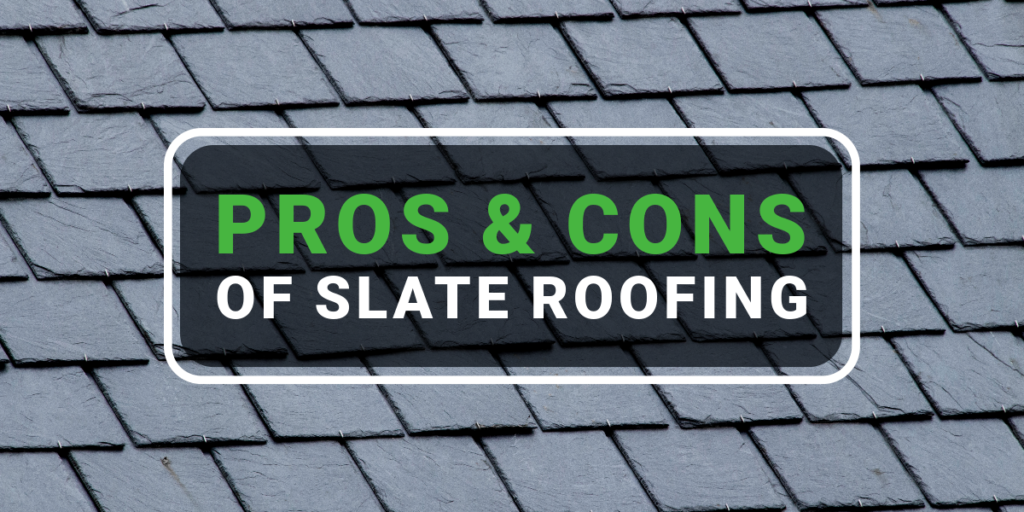
Credit: www.olynroofing.com
Frequently Asked Questions For Why Is Slate Used For Roofing
Why Is Slate Useful For Roofing?
Slate is useful for roofing because it is durable and made from mineral stone compressed over time, resulting in strong blocks with interlocking edges that hold together under pressure. They are also naturally anti-corrosive, making them resistant to rust. Slate roofs have a high curb appeal and can last a long time, although they can be expensive to install and repair.
Slate is also environmentally friendly and resistant to heat and water.
What Are The Advantages And Disadvantages Of Slate Roofs?
Slate roofs are durable and long-lasting due to their mineral stone composition. They also have a high curb appeal and are fire-resistant. However, they can be expensive to install and repair, are heavy, difficult to install, and may not be suitable for structures with weak support.
Why Is Slate Better For Roofing Than Shale?
Slate is a durable mineral stone compressed over thousands of years into strong blocks with interlocking edges. It doesn’t absorb water like shale and is naturally anti-corrosive. While more expensive to install and repair, it has high curb appeal and can last a lifetime.
What Are The Benefits Of Slate?
Slate is a strong and durable mineral stone that has interlocking edges, making it resistant to pressure. It is naturally anti-corrosive, fire-resistant, and can last for centuries. Slate is also environmentally friendly and can prevent moisture buildup inside homes. However, it is expensive to install and repair and can be difficult to install due to its weight.
Why Is Slate Used For Roofing?
Slate is a popular material for roofing because of its durability and strength. It can withstand harsh weather conditions and lasts for a long time.
Conclusion
Slate roofing is an ideal choice for those who want something strong and durable on their rooftops. The compressibility of mineral stone creates a robust structure that can withstand pressure, and its natural anti-corrosive properties make it resistant to rust and other forms of environmental degradation.
Slate roofing also offers aesthetic appeal, versatility, and an environmentally friendly solution to homeowners. With many pros and cons to consider, homeowners should weigh their options before making a final decision. Overall, it’s clear that slate roofing is an excellent choice for those looking for a long-lasting, attractive, and low-maintenance roofing option.

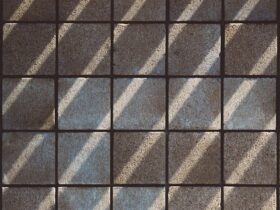


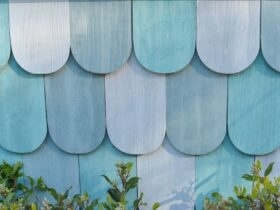

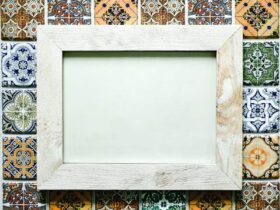

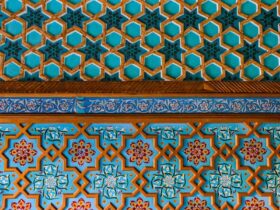
Leave a Reply